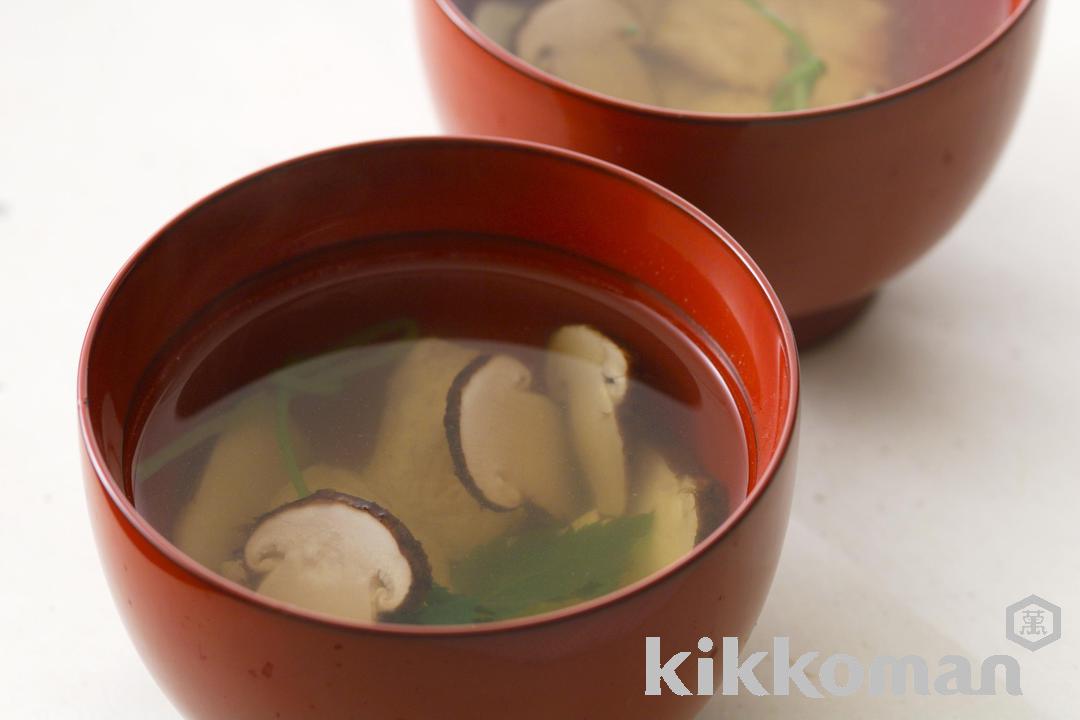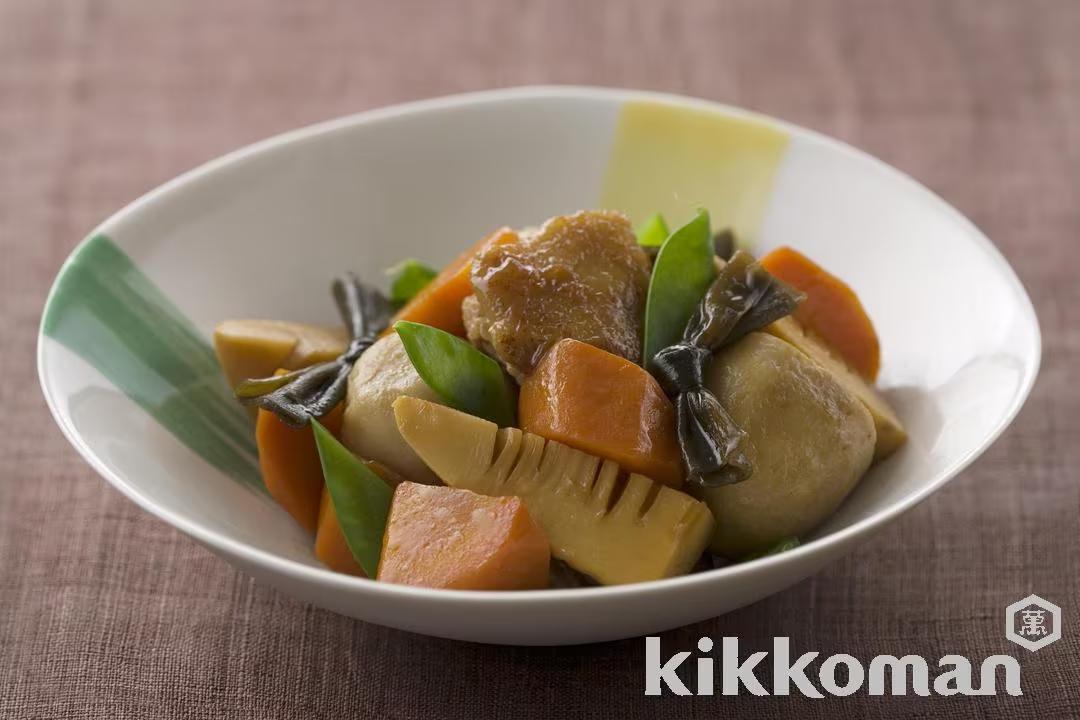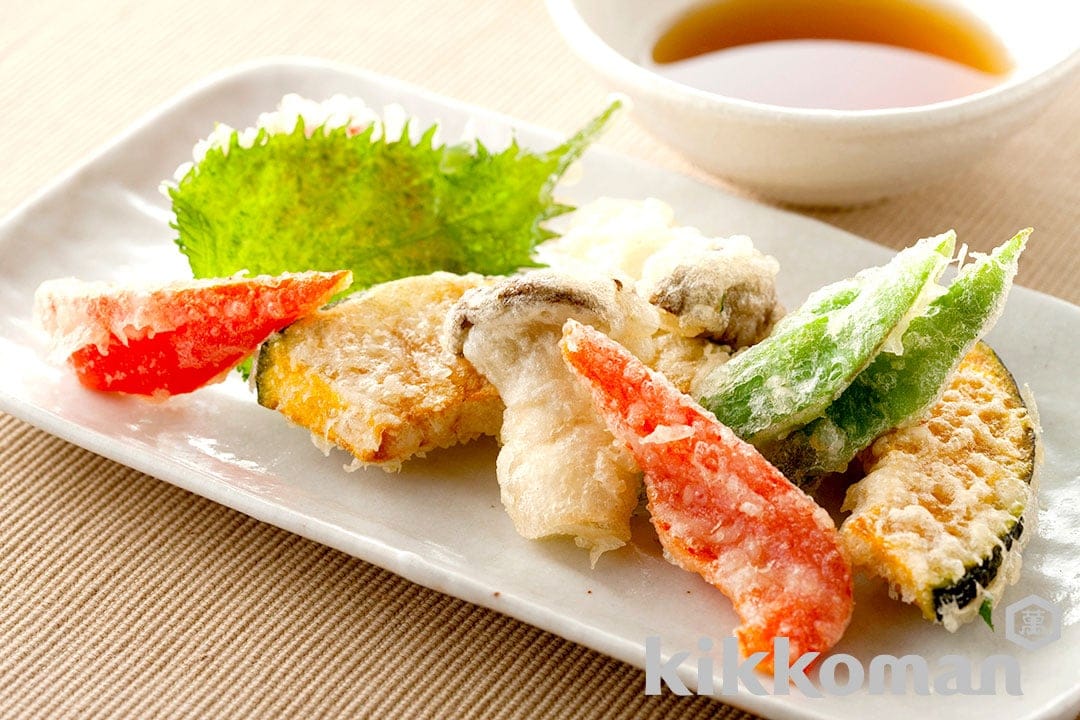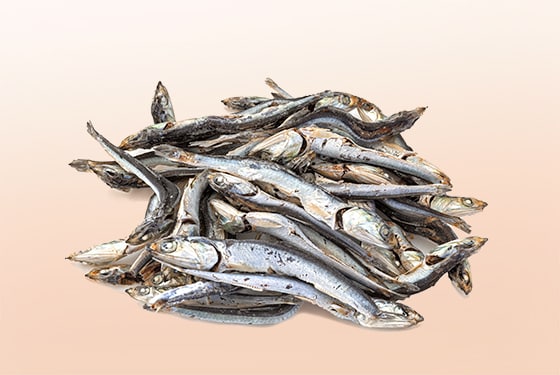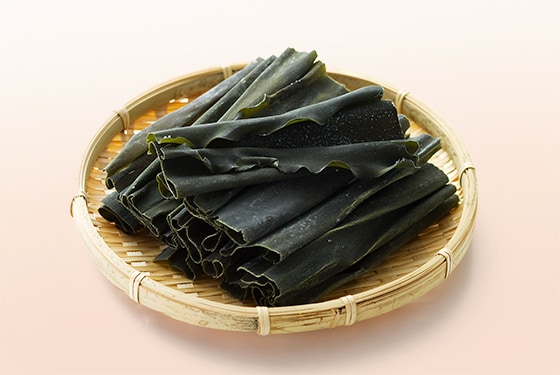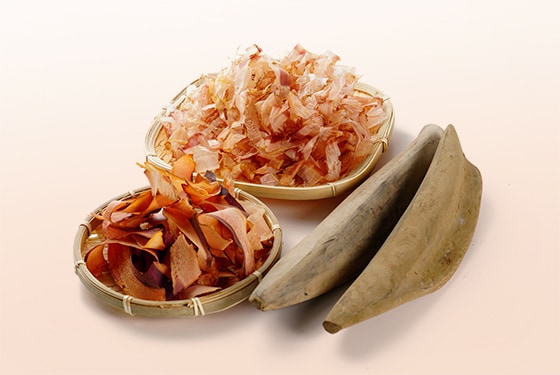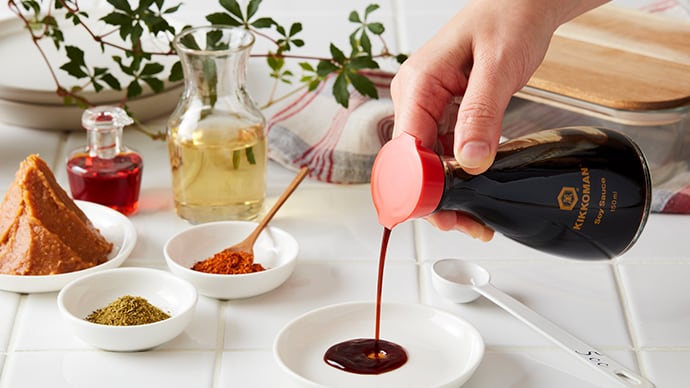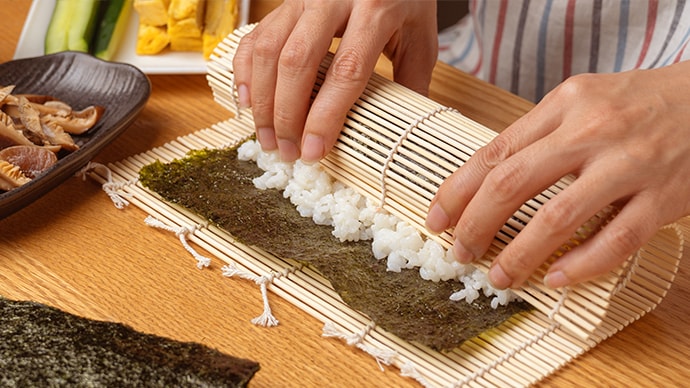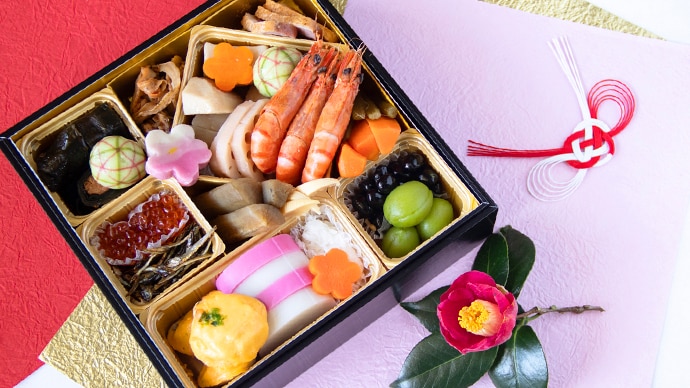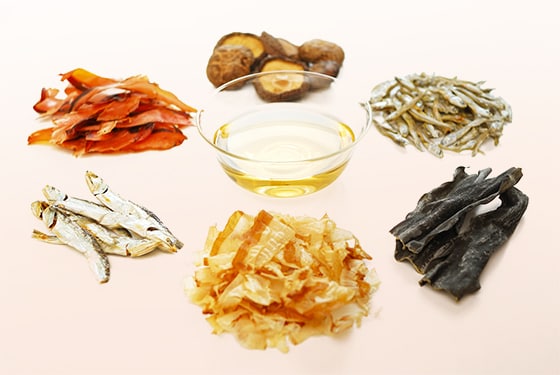
The most fundamental soup stock in Japanese cooking and deeply flavorful
What is dashi?
Dashi (だし in Japanese) can be translated into English as “Japanese soup stock/broth”. The deliciousness of plants and fish are extracted by just soaking these in water or simmering these in boiling water. In Japanese cuisine, a variety of dashi are used, including those made from kombu seaweed and katsuobushi/bonito flakes, from just katsuobushi, from dried sardines, from kombu and from shiitake mushrooms, and from many more ingredients. By combining the delicious flavor from inosinic acid in katsuobushi with the glutamic acid in kombu, the resulting mixture has much deeper flavor than dashi made from either of these ingredients alone.
Varieties
There is Ichiban dashi which is clear and uses boiled katsuobushi and kombu, and Niban dashi which uses the katsuobushi and kombu used in Ichiban dashi. The former is used as a clear soup or in dishes of boiled greens, and the latter pairs well with miso soup or vegetable dishes that are simmered in soy sauces.
Nutrition facts
Dashi made using kelp is characterized by its high iodine content. Iodine is necessary to synthesize thyroid hormones in the body, but excessive iodine intake can lead to a decline in thyroid function, so it is important to be cautious of portion sizing. One serving of kelp dashi is equivalent to the daily iodine requirement, so it is best to try not to consume it multiple times a day.
Dashi made from kelp also contains potassium. Small amounts of potassium are dissolved in bonito dashi, shiitake mushroom dashi, and dried sardine dashi, which help excrete sodium.
On the other hand, in terms of taste, using dashi in cooking allows you to maintain the flavor while reducing salt content. In particular, the amino acid histidine contained in bonito flakes has a salt-enhancing effect, making it effective in supporting salt reduction.
Trivia
There are research papers stating that dashi's flavor and aroma have a relaxing effect.
Cooking Basics
Ingredients (for 800 ml / 27 fl. oz. of dashi)
- Kombu/kelp
- 10 g (3 × 25 cm / 1.2 x 10 in.)
- Katsuobushi/bonito flakes
- 20 g (0.7 oz.)
- Water
- 1000 ml (33.8 fl. oz.)
Directions
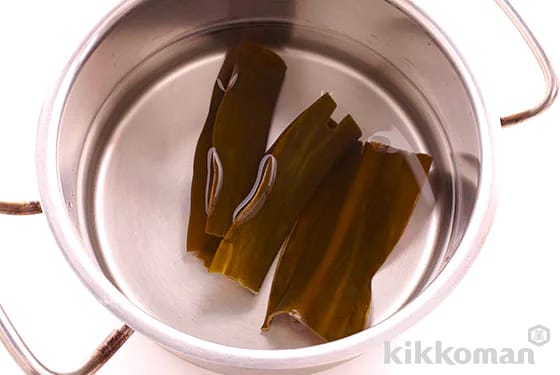
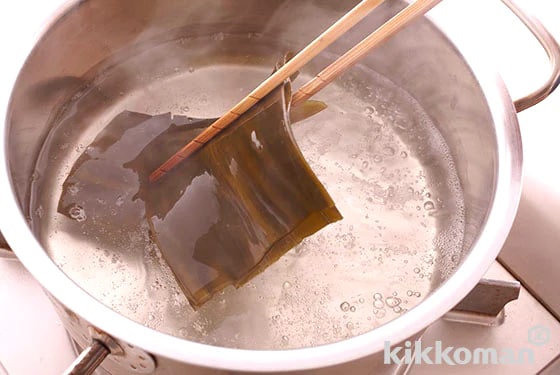
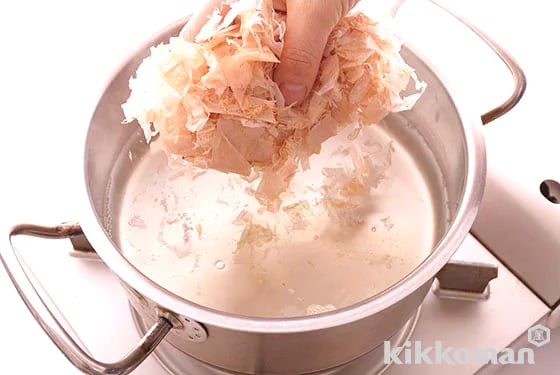
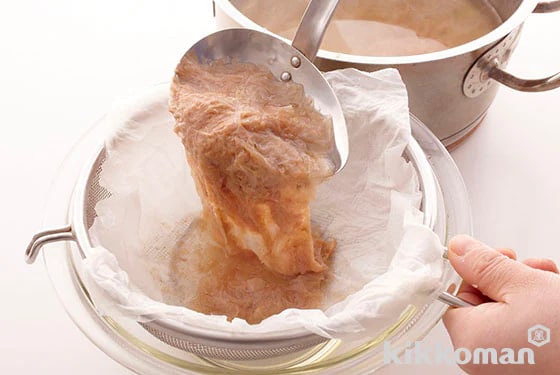
Soak the kombu in water for 30 minutes, then heat over medium heat. Just before the water comes to a boil, remove the kombu and turn off the heat. After a few minutes, add in the bonito flakes and allow to sit for 2 minutes. Place a dampened paper towel over an all-purpose strainer and strain the dashi.
Ingredients (for 880 ml / 27 fl. oz. of dashi)
- Kombu/kelp
- 15 - 20 g (0.5 - 0.7 oz.)
- Water
- 1000 ml (33.8 fl. oz.)
Directions
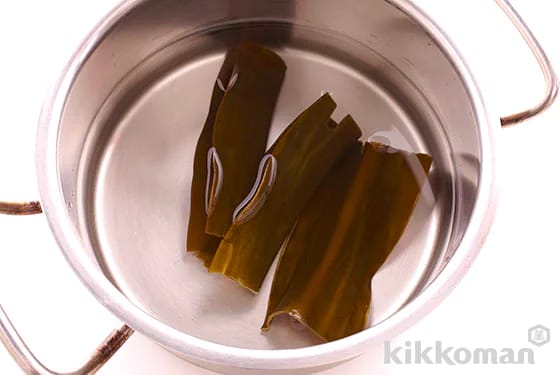
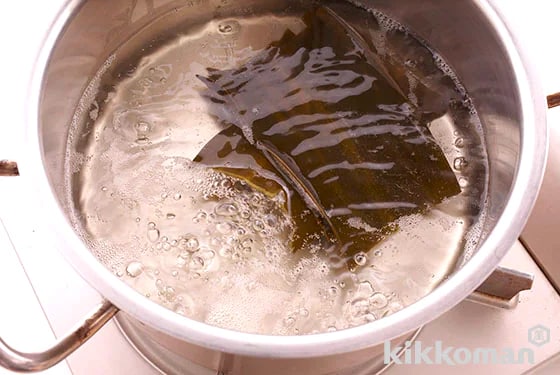
Soak the kombu in water and let sit for 30 minutes, then heat over medium heat. When the water comes to a boil, lower the heat and allow to simmer for 7 to 8 minutes.
Ingredients (for 800 ml / 27 fl. oz. of dashi)
- Dried sardines
- 30 - 40 g (1 - 1.4 oz.)
- Water
- 100 ml (33.8 fl. oz.)
Directions
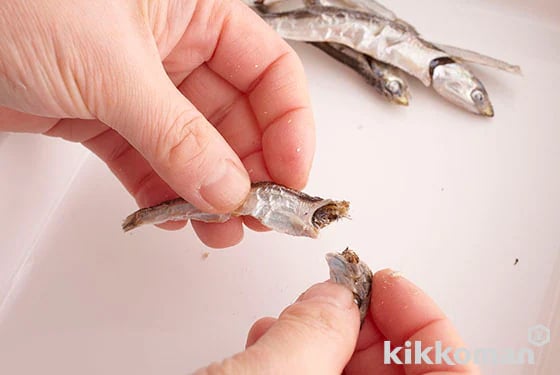
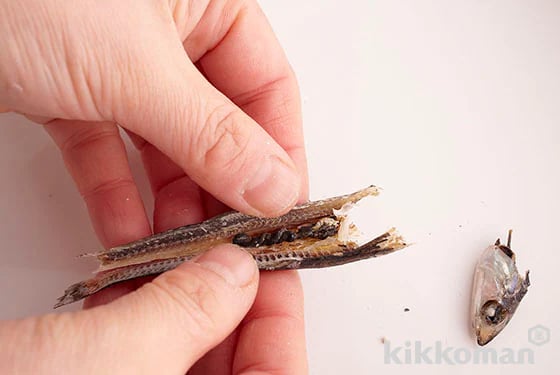
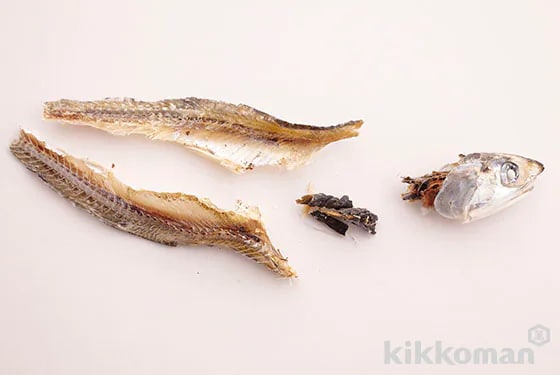
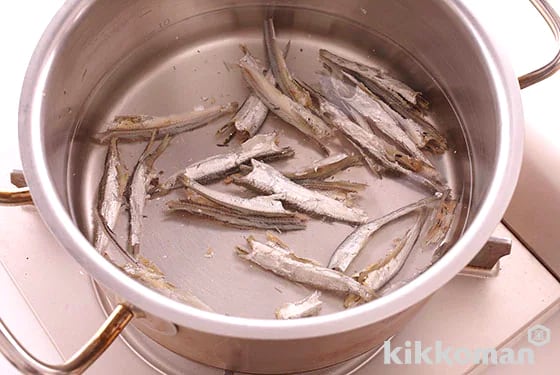
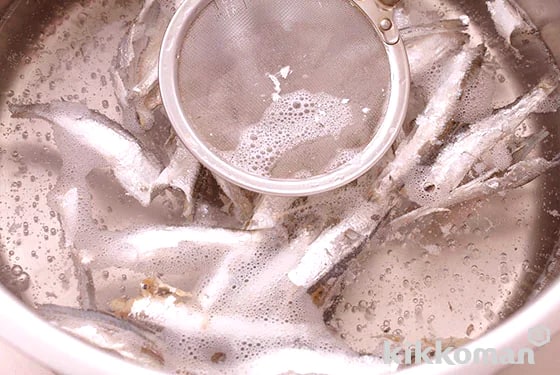
Remove heads from the dried sardines and split the bodies into two halves to remove the innards. Place the dried sardines into water and allow to soak overnight, or for at least 30 minutes if you need to save time, then heat over medium heat. When scum begins to form on the surface, simmer for about 5 minutes while skimming off the scum. Place a dampened paper towel over an all-purpose strainer and strain the dashi.
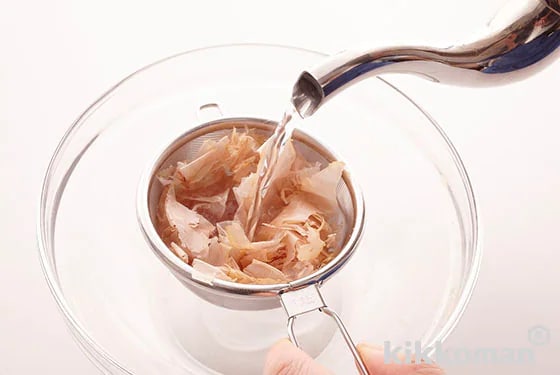
This method is convenient for preparing small amounts of dashi, such as soup for one person, ohitashi (boiled vegetables seasoned with dashi and soy sauce), sesame dressing, etc. Place dried bonito flakes (about 5 g /0.2 oz.) into a tea strainer and pour in 200 ml (6.8 fl. oz.) of hot water.
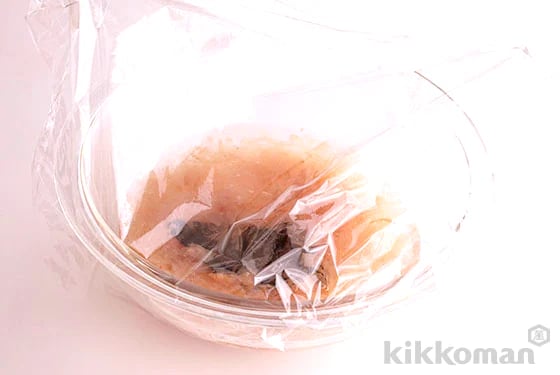
This method is convenient when you do not have time to soak or simmer the kombu. Place a 5 cm (2 in.) piece of kombu, a handful of dried bonito flakes, and 400 ml (13.5 fl. oz.) of water into a heat-resistant bowl, cover loosely with plastic wrap or a lid, and microwave (600W) for 3 minutes.
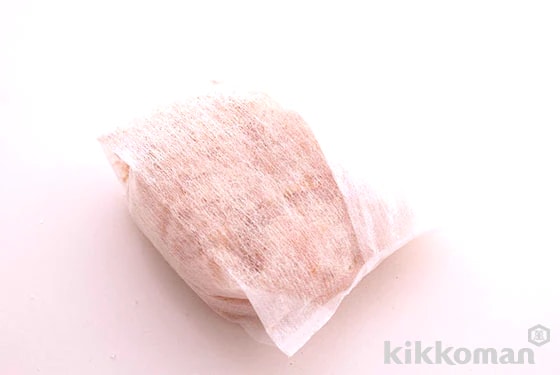
When making simmered dishes, place about 15 g (0.5 oz.) of dried bonito flakes into a tea bag for 1000 ml (33.8 fl. oz.) of water, and add the tea bag in with all other ingredients to prepare deeply-flavored and savory simmered dishes.
Related Recipes
20min+
341kcal
748mg
15min
218kcal
512mg
40min
537kcal
1100mg


